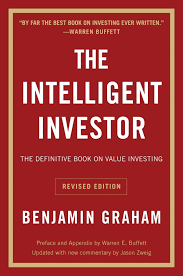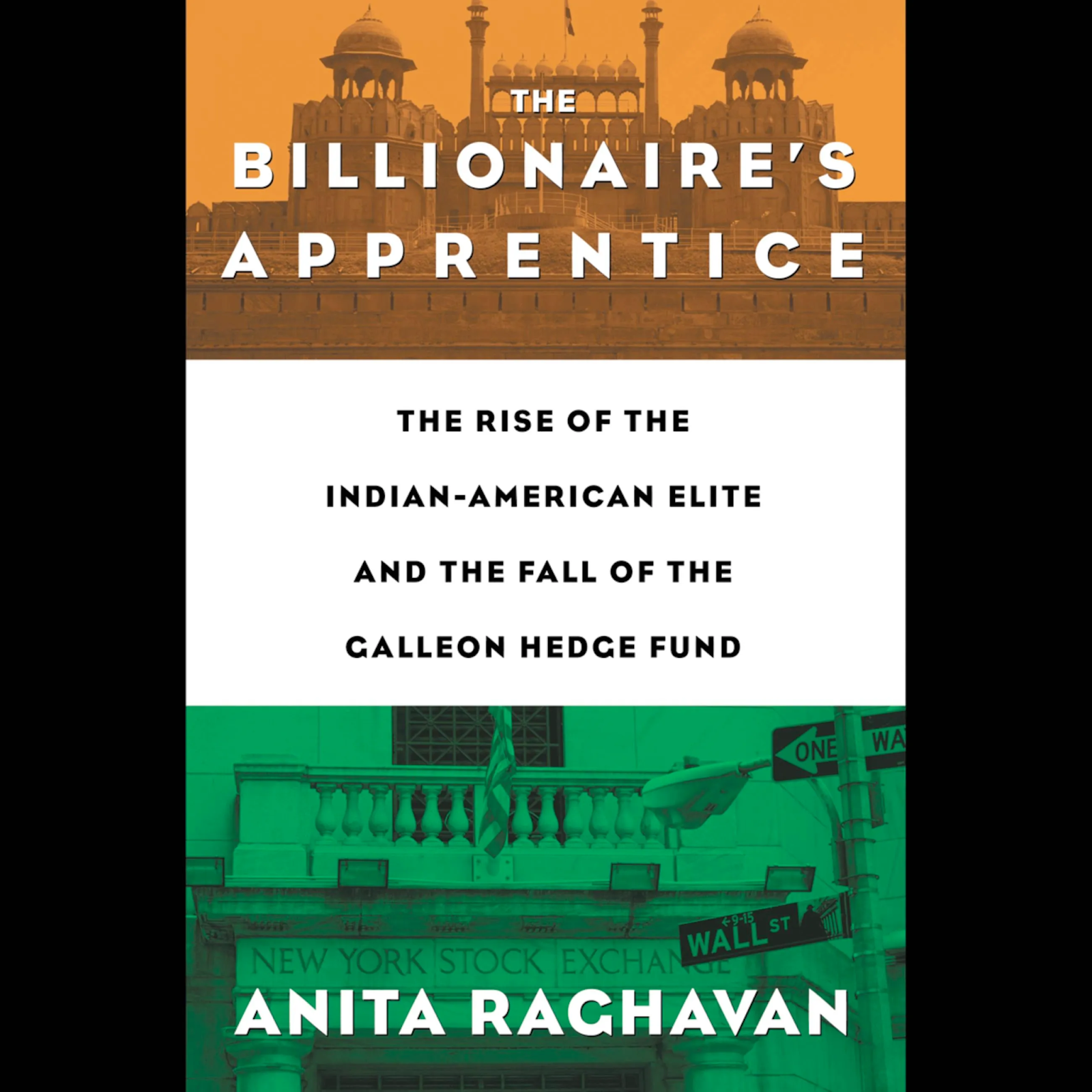

7 Best Investing Books for Beginners
If you’re a scholar always looking for more learning opportunities, you’ll know that books are the best tools. This applies to any industry or sector, especially for trading. The best way to learn is to experience and avoid mistakes that others have made in the past. With reading, you can do both; that’s why we’ve compiled a list of the top seven investing books you should read.
This curated list gathers the best investing books for beginners and experienced readers, covering personal finance, trading psychology, and practical strategies to help you make better decisions with your money.
1. The Bond King by Mary Childs
Though Bill Gross is known as a professional bond investor, he had an interesting start in the investing world. He started gambling in Vegas as a fresh college grad with only $200 to his name; that’s how he got reeled into the game. Eventually, his success in the casino led him to enrol in business school.
As the founder of one of the most powerful investment firms, Gross transformed the bond market. From profiting during the 2008 financial crisis to becoming a pioneer in trading bonds, he earned the title “The Bond King.” For readers who want broader market context, see what is forex trading.
Gross’s journey, company, mindset, and legacy are all highlighted in this book. If you want to develop practical techniques alongside the narrative, explore forex trading strategies.
2. The Intelligent Investor by Benjamin Graham
Dubbed the greatest investment advisor of the 20th century, Graham’s classic on value investing has been called a stock market bible. It highlights common errors to avoid and how to build long-term strategies. For position sizing and planning, use the trading calculator.
The Intelligent Investor remains relevant through updated editions that reflect today’s markets. Many of Graham’s principles still prevail, including strict risk controls. A helpful complement is understanding the risk-reward ratio.
Do not expect a secret formula for security analysis. Instead, expect guidance that shapes mindset and approach. New investors may also start with investing for beginners.
3. Patient Capital by Victoria Ivashina & Josh Lerner
The authors argue that long-term investing can help address infrastructure gaps and climate challenges. They examine how large, steady capital sources shape markets and outcomes over time. For broader portfolio structure, review account types.
Professors Ivashina and Lerner describe a dilemma for long-term investors. Many chase higher returns without the right tools. We’ve aligned the references to TMGM resources: long-horizon investors may leverage HUBx multi-account management and Acuity trading signals as practical tools.
4. The Billionaire’s Apprentice by Anita Raghavan
If you are tired of self-help and want a gripping narrative, this book blends a rags-to-riches arc, the rise of South Asians on Wall Street, and a cautionary look at greed. For technical context that helps evaluate stories of trading success and failure, study margin and leverage.
The story also follows major prosecutions and the downfall of a prominent hedge fund. To frame risks and entries more objectively, learn to read price charts.
5. The Psychology of Money by Morgan Housel
Through 19 short stories, Housel explores how people think about wealth, greed, and happiness. He frames money as a pathway to freedom and better use of time. For practical habits, align psychology with swing trading strategies or review the economic calendar to plan around events.
The book studies behavior with money and decisions that improve long-term outcomes. If you prefer a platform to practice discipline, compare MetaTrader 5 and MetaTrader 4.
One memorable idea is to avoid judging others’ finances without context. For steadier execution under uncertainty, revisit top-down market analysis.
6. The Only Investment Guide You’ll Ever Need by Andrew Tobias
With more than a million readers, this guide answers practical questions about spending, saving, and investing. If you plan to place your first trade after reading, start by opening a trading account.
How to spend smarter?
When and how do you invest in stocks?
The ins and outs of investing on the Internet
Who can you trust to manage your money ?
Tobias writes for everyday readers, not only seasoned traders. He discusses credit cards, savings, bank accounts, and insurance. When you are ready to practice, compare MT4 and MT5.
7. The Ultimate Day Trader by Jacob Bernstein
Day trading carries higher risk compared to longer holding periods. Bernstein offers tips and lessons that make the process clearer for readers. If you are evaluating this approach, first read day trading explained.
With more than four decades of experience, the author provides a detailed guide for getting started, including order entry, avoiding costly platform mistakes, and building robust methods. For additional structure, see day trading strategies and how to use trend lines.
Trade Smarter Today




Frequently Askded Questions (FAQs) about Trading vs inesting.
What is the best book for beginner investors?
What is the 7% rule in investing?
How to make $1000 a month by investing?
What is the 10/5/3 rule of investment?


Account
Account
Instantly











